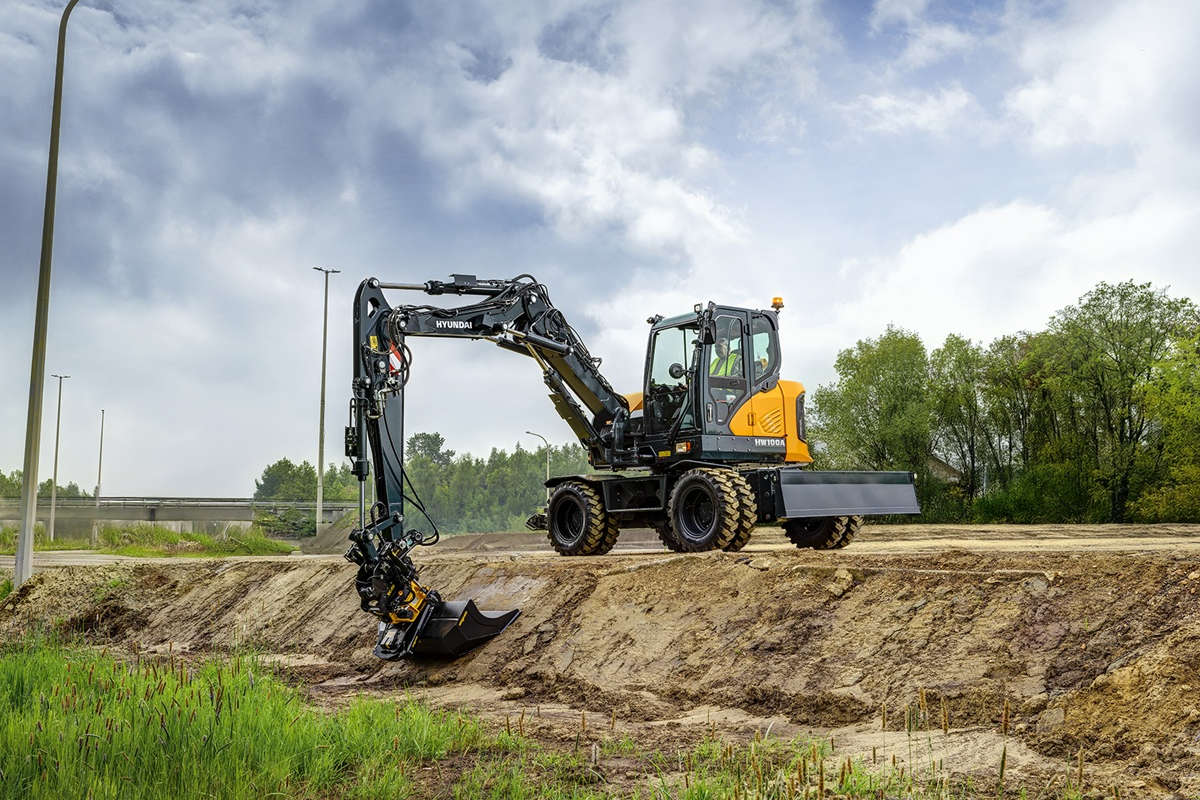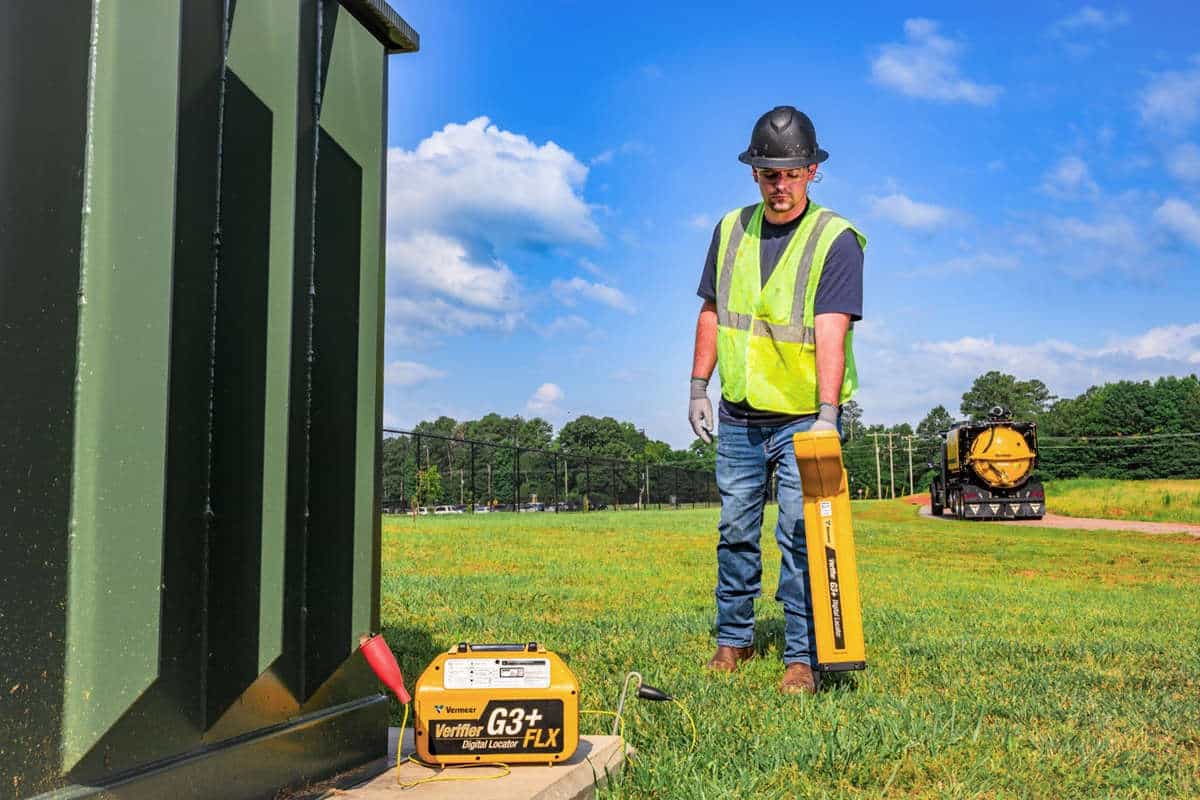Speedy Replacement of Damaged Curb Valve Boxes

The field worker, mindful of the homeowner’s panic, was about to return to his truck for a saw to cut off the top of the shaft. But one last torque of his wrench broke off the corroded pipe, creating a jagged opening below ground level. Although he managed to shut off the water line, it would take hours to dig around the pipe and repair the damage.
Although this type of crisis does not happen daily, the costly necessity of replacing aging cast iron infrastructure is a common nuisance that plagues large and small communities every year.
Often the problem begins when a lawnmower or snow plow skims off the top of a valve box, ruining equipment and demanding that DPW dig up a lawn, driveway or sidewalk to make the fix. The mess eats up time and materials, and can harm relations between homeowners and municipalities.
“You never know what you’re going to find. I’ve had issues with replacing curb stops that were too high or had broken tops. If you have a problem deeper, then you have to dig deeper and that takes time. I’ve got more than eleven hundred cast iron setups that could create headaches at any time,” says Scott Lloyd, water distribution supervisor for the Village of L’Anse, Michigan.
Although Lloyd prefers to install new curb boxes about four inches below the surface, for various reasons some leaders in other communities prefer the lids be installed closer to ground level. Unfortunately, whatever the placement, the hard squeeze of winter frost can push the equipment upward, like a spring flower emerging from soil. Lawnmowers beware.
Replacing the curb valve boxes—the name belies the equipment, which is basically a vertical cast iron pipe with a lid—can take more than two hours. First, personnel dig a wide, deep hole around the broken equipment. Next, the pipe must be re-threaded so that a replacement part can properly be screwed on. And even after the hole is re-filled the work is not done: loose soil settles, so workers will need to return to fill the deficit.

“If the valve breaks, now we’re talking three or four hours of labor and they’ll need to bring in a backhoe so that they can dig even deeper. It’s a lot of labor and inventory that only partly fixes the problem, because something else can go wrong at a later date,” he says.
The “something else” Genz referred to comes in various forms: water department personnel must go out to shut off service due to delinquent payment; or a broken valve has flooded a resident’s yard. In those situations, workers must have access to the valve boxes. They hope they won’t discover a lid that has seized with rust and corrosion, transforming a simple turn of a wrench into a difficult repair. Also, landscapers and personnel from other utilities may stumble on the valves but be reluctant to mention the damage.
Fortunately, a whole new twist to an age-old problem arrived when Argonics, a firm with facilities in Michigan and Colorado, introduced a proprietary performance-based polyurethane product called Speedy Sleeve. Water supervisors sighed with relief, and lawnmower operators no longer needed to worry about shredding their blades.
Speedy Sleeve caps problem, earns trust
Tony Wawiernia, a sales manager with ETNA Supply, first learned about Speedy Sleeve at a trade show in Michigan’s Upper Peninsula about two years ago. The former DPW chief was impressed.
“They saw a need in Marquette, where the lids to the valve boxes were popping off because of the extremely cold weather. The product seemed like a good idea,” he says.
For the most part, Wawiernia had little problem introducing the product to cities and towns in his territory that sprawls from Shelby to Midland in Michigan’s Lower Peninsula. But some old-school types were initially stubborn.
“Some old school DPW guys, they’d say, ‘This is the way it’s always been done.’ And I’d say, ‘Well how about this way; it’s a little newer.’ If they try it, usually they like it,” he says.
The innovative solution was specifically engineered for ease of installation, access and maintenance. But it also addressed the myth that cast iron is the toughest kid on the block; actually, at low temperatures it is prone to cracking and breaking. The polyurethane is superior to cast iron because it will not rust or corrode, nor can it shatter or crack like plastic. And despite extreme cold it remains pliable and it cannot be damaged from impact with lawnmowers or plows
The sleeves are six to eighteen inches in length with two small fins. The top opening is sealed with a screw-on cap that will never seize like rusty cast iron. To install, cut off the top of the old pipe and then slip on the sleeve. To get a snug fit at an appropriate level—above or below ground—dig out around the pipe and then tap down with a hammer. The fins stabilize the device in the soil so that it won’t twist or move due to frost heaving. They are always easy to locate because the Speedy Sleeve cap is designed with an embedded magnet.
Gene Payton, utilities field supervisor for the Township of Scio, Michigan, appreciates the adaptability of the product.
“Rather than dig down five feet to repair a curb box, I just cut off the top and slip on the sleeve. Knock it down with a hammer and you’re good to go,” says Payton, whose township services 3,000 valve boxes.

“It’s a very handy piece of equipment. It can save you some time and it’s easy to store in a truck,” he says, adding that the cast iron replacements come in a three-piece set, not a single unit like the sleeve.
Genz, whose department has installed about 400 sleeves, says in most cases it takes only ten minutes. His personnel use a sharpshooter shovel with a narrow snout to quickly dig around the pipe that needs repair. “They save us time and overhead.”
Financial savings are part of the attraction. The $40-$48 price tag might seem higher when compared to cast iron. But the cost significantly shrinks when factoring in the hourly rate for laborers. Also, once the polyurethane is installed it is there for life—no corrosion from soil elements—and the lids, or caps, arrive already threaded.
“Time is money,” says Lloyd. “You don’t want to be stuck in any one spot, especially in the winter.”
Lloyd actually played a role in the development of Speedy Sleeve by expressing his needs to Argonics leaders.
“I just thought there had to be an easier way. I described what I would like and they came back with a prototype.”




